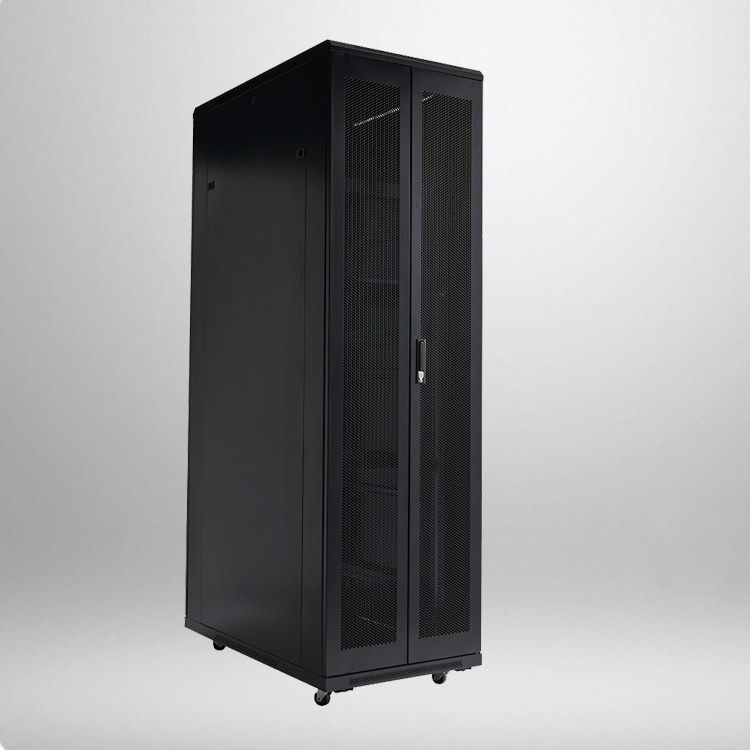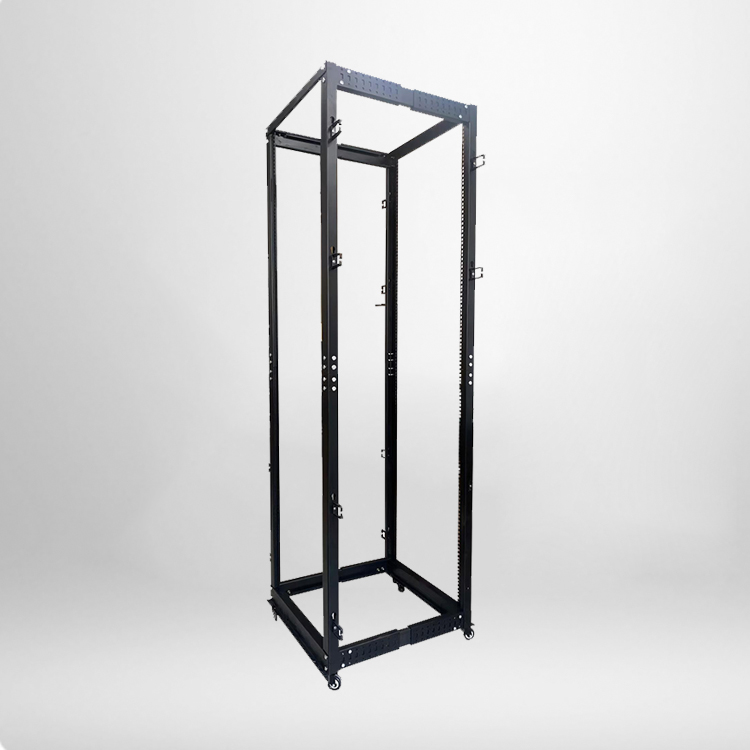
Server cabinets are vital for safeguarding IT infrastructure, but their effectiveness depends on how well they align with environmental conditions and safety needs. From mitigating humidity risks to optimizing space for future expansion, addressing these factors ensures cabinets support stable operations while protecting valuable equipment—whether in a small office closet or a dedicated data room.
Adapting Cabinets to Environmental Challenges
Humidity Control for Equipment Longevity
Excess humidity is a silent threat to servers, as it can cause corrosion on internal components or short circuits. For spaces with high moisture (e.g., basements, coastal offices), server cabinets need extra protection. Look for cabinets with sealed side panels to block moisture intrusion, and pair them with dehumidifiers in the room—aim for a relative humidity range of 40%-60%. In extremely humid areas, consider cabinets with built-in gasketed doors; these create a tight seal that prevents damp air from entering. Conversely, dry environments (e.g., desert regions) can lead to static electricity buildup. To counter this, choose cabinets with anti-static coatings on internal surfaces and ensure the cabinet is properly grounded—this dissipates static charges before they damage sensitive server parts.
Temperature Regulation Beyond Basic Cooling
While vented doors help with airflow, cabinets in temperature-fluctuating spaces need more targeted solutions. For rooms without dedicated HVAC (e.g., small retail back offices), opt for cabinets with integrated fan units—these mount to the top or rear and pull hot air out of the cabinet, pairing with front vents to draw in cooler air. For cabinets near heat sources (e.g., industrial machinery, windows with direct sunlight), add heat shields on the cabinet’s exterior sides; these reflect heat away from the interior. It’s also important to monitor internal temperatures: place temperature sensors inside the cabinet (near the top, where heat accumulates) and set alerts for thresholds above 35°C (95°F)—this helps catch overheating issues before they harm equipment.
Space Planning for Current and Future Needs
Balancing Capacity and Accessibility
When selecting a cabinet, it’s easy to focus only on current equipment needs, but leaving room for expansion is key. A good rule is to choose a cabinet with 20%-30% extra rack units (U) beyond your current count. For example, if you now use 10U of equipment, a 14U cabinet allows adding servers or switches later without replacing the cabinet. However, avoid oversized cabinets in small spaces—they waste floor area and can disrupt airflow (empty cabinets may allow cold air to escape unused). Also, prioritize accessibility: leave at least 60cm (24 inches) of space in front of the cabinet for opening doors and servicing equipment, and 30cm (12 inches) behind for cable management and rear access to servers.
Vertical and Horizontal Space Optimization
Maximizing cabinet space goes beyond rack units. Use vertical cable organizers (e.g., side-mounted cable trays) to keep cords off the cabinet floor, preventing tangles and freeing up space for equipment. For horizontal space, use shallow-depth cabinets for compact gear (e.g., 1U switches) and deeper models for full-size servers—matching cabinet depth to equipment depth avoids wasting internal space. Additionally, use blanking panels for empty rack units: they block airflow leaks, ensuring cold air flows only to active equipment, and prevent dust from accumulating in unused slots.

Safety Measures to Protect Equipment and Personnel
Physical Security to Prevent Unauthorized Access
Server cabinets hold sensitive data equipment, so restricting access is critical. Choose cabinets with lockable front and rear doors—preferably with keyed locks or digital keypad locks (for easier access management, as codes can be changed without rekeying). For shared spaces (e.g., co-working offices), add a cable lock to the cabinet door, securing it to a fixed structure (like a wall or floor bolt) to prevent theft. It’s also wise to label the cabinet clearly (e.g., “IT Server Cabinet—Authorized Access Only”) to deter accidental tampering.
Load Safety to Avoid Structural Failure
Overloading a cabinet can lead to bent rails, collapsed shelves, or even cabinet tipping—risking equipment damage or injury. Always check the cabinet’s maximum static load rating (usually listed in pounds or kilograms) and ensure the total weight of equipment stays below this limit. Distribute weight evenly: place heavier gear (e.g., 4U servers) near the bottom of the cabinet to lower the center of gravity, and lighter equipment (e.g., patch panels) near the top. Use reinforced mounting rails for heavy items, and avoid hanging cables or accessories from the cabinet’s top or sides—these add unplanned weight that can strain the frame.


